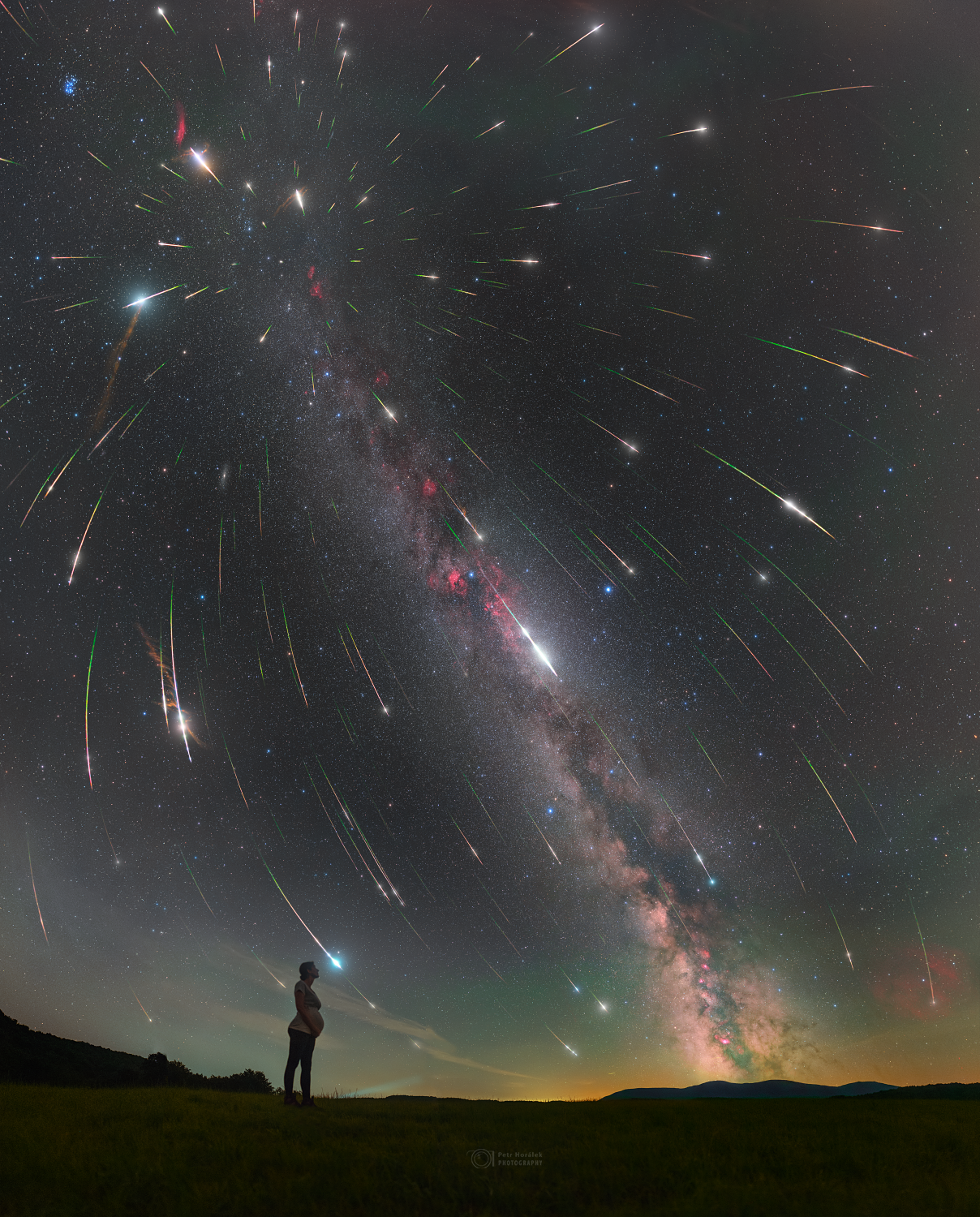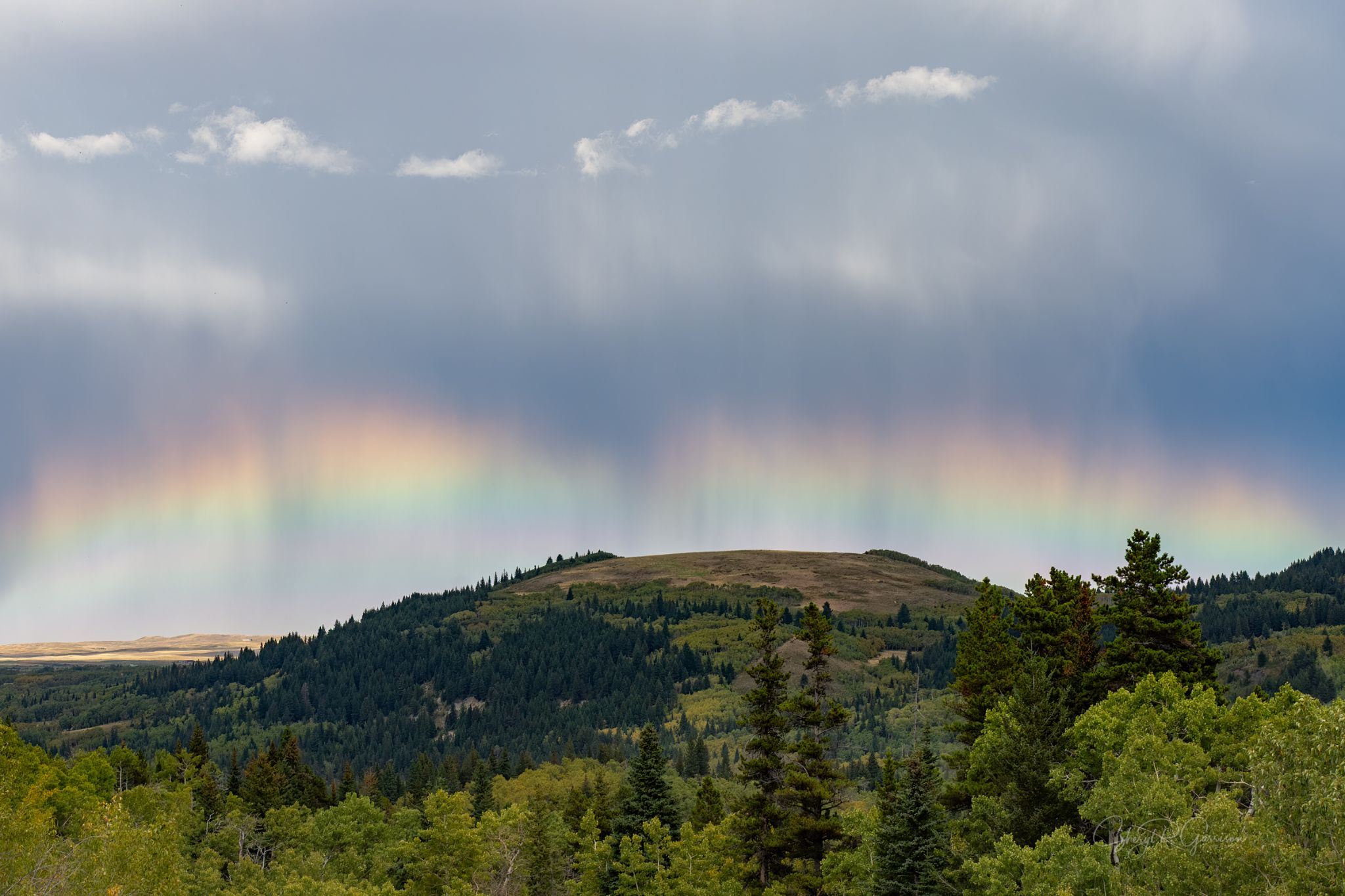By Ernest Jacobs | 2023-08-19

On 08/12/2023 11:00 pm by Petr Horalek| Poloniny Dark Sky Park
ANYTHING YOU WISH ... may come true. They always say "make a wish" when a shooting star appears. Shooting stars, however, are not stars but meteors and it's the glowing trail of a meteoroid or a piece of space debris that burns as soon as it enters the earth's atmosphere. And it is this phenomenon that makes the shooting star very attractive, ideal, and considered as a lucky item for making a wish. Because a shooting star was a tangible symbol of the gods looking down at that moment, it was believed that a wish or request made upon seeing the star was more likely to be heard and granted. For many people, the best time for making their wishes comes every year around mid-August, when the debris of comet Swift-Tuttle enters the Earth's atmosphere, bringing one of the most observed meteor showers ever--Perseids. In this image, 223 Perseid meteors (some of them very bright with their persistent trains) captured during the 2023 Perseids peak over Poloniny Dark Sky Park bring chances to make a wish to a happy woman, which probably had wished one more wish a few months before To bring a new life on a small world called Earth.
For the foreground, Canon Ra was used with Sigma Art 35mm, f2.0, ISO 8000, 76 single 10s exposures were stitched to final panorama (taken from tripod, no tracking). Meteors were captured by timelapsing with two Canon 6D cameras on tripods, one with Saymang 12mm (f2.8) and one with Samyang 14mm (f2.8), with ISO 8000 and 10000 (where sky was darkest), always 30s exposures. Meteors were then registere to the foreground panorama.
For the foreground, Canon Ra was used with Sigma Art 35mm, f2.0, ISO 8000, 76 single 10s exposures were stitched to final panorama (taken from tripod, no tracking). Meteors were captured by timelapsing with two Canon 6D cameras on tripods, one with Saymang 12mm (f2.8) and one with Samyang 14mm (f2.8), with ISO 8000 and 10000 (where sky was darkest), always 30s exposures. Meteors were then registere to the foreground panorama.

